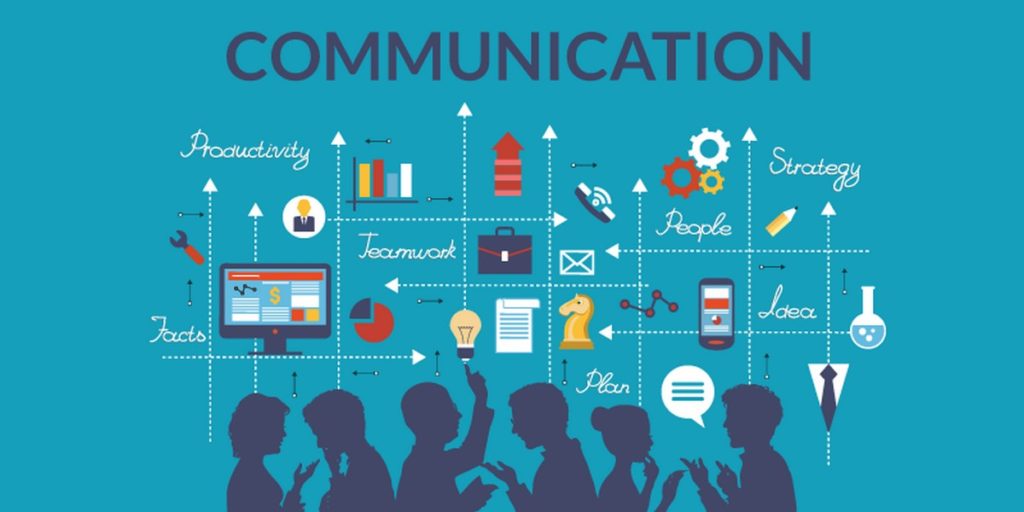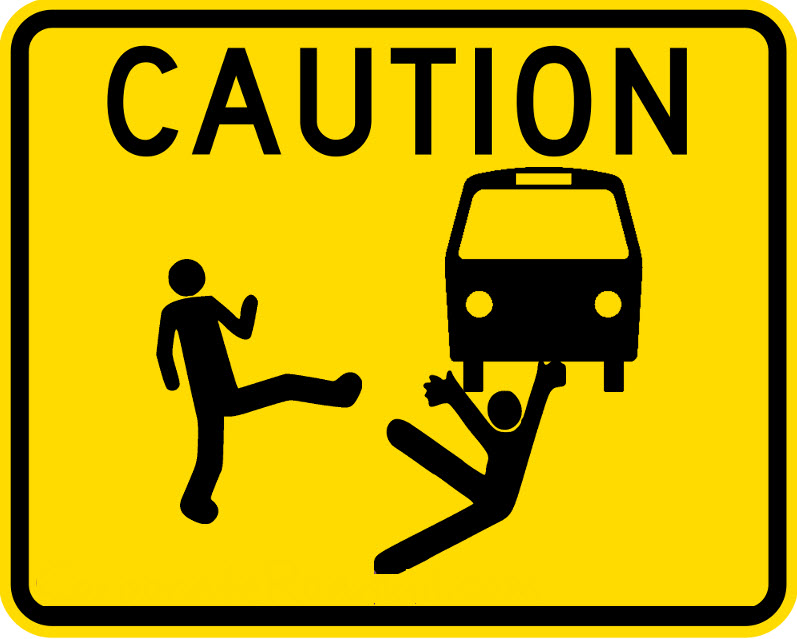
The greatest leaders aren’t necessarily the ones who do the greatest things. They are the ones who empower others to do great things.- John Maxwell
When the great singer Enrico Caruso had his first voice lesson, his teacher was less than impressed. “You can’t sing.” his teacher exclaimed, “Your voice sounds like a wind in the shutters”.
Not deterred by the review, Caruso’s mother believed that her young son indeed could sing. She was very poor, but she scraped up enough money to pay for his voice lessons. She believed in her son and made great personal sacrifices to help him along.
In order for your organization to move forward and succeed it needs a leader at the helm who will dare to defy the words of its critics and believe in its people. For an aspiring singer like Caruso, he had a mother who believed in him and made sacrifices for his success. Who do your people have?
Building a culture of empowerment is one of the single most important roles you have as a leader. In order to get it right, you have to be intentional. Here are four ways to begin.
Encourage Ownership
Chances are, within your organization are individuals who have a ‘take the bull by the horn’ mentality- those who contribute in significant ways to moving your organization forward. Then again, there are those who simply need encouragement to embrace their skills and overcome their fears in order to rise to their potential.
As a leader, make it your priority to empower your people to own their work, make decisions in real-time, and to act in harmony with your values. When ownership increases so does morale which leads to greater wins for everyone.
Promote Collaboration
When the people within your organization learn how to work in collaboration with one another it builds a momentum you would not otherwise experience. This type of energy is not created alone nor is it sustained alone. It takes a group of dedicated people working together to make it happen.
As a leader, it’s important to understand the power of collaboration. When your people see each other as allies instead of competitors, it will change the dynamic of your organization Click To Tweet. When you promote collaboration and you promote empowerment.
Challenge Traditions
The most deadly words in any organization -’ this is the way we’ve always done it’, will have the same consequences for your organization if you do not challenge traditions. If 2020 has taught us anything in leadership, it’s taught us how to pivot and has upended many traditional ways of doing things. When your people have the freedom to shake things up a bit it creates new energy of empowerment that can move your team to a higher level.
As a leader, you must empower your people to challenge traditions that have lingered too long or serve no practical purpose now. Don’t forsake the values that brought you where you are, but be willing to take a fresh look at those practices going forward.
Elevate Everyone
Your people are the most appreciable asset you have as a leader. When you elevate your people with your words, your actions, and your daily decisions, you demonstrate their importance in tangible ways. This type of empowerment has a lasting impact that is an extension of your leadership.
While empowering your people is one of the most important things you can do for your organization, being the type of leader that adds value to others is your highest calling as a leader. Click To TweetMake it your practice to add value above all else.
Final Thoughts
One of the greatest returns on your leadership is not in what you can get others to do for you, but in what you can do for them. The day you realize that it’s not about you is the day you will begin to empower others.
©2020 Doug Dickerson

The Cardinal Point Leadership Podcast is coming in January 2021! The Cardinal Point Leadership Podcast is for leaders young and old. My desire is simple – to cut through the clutter and deliver leadership content that is relevant, practical, and useful. Here we will talk about leadership development, employee engagement, servant leadership, and much more.








